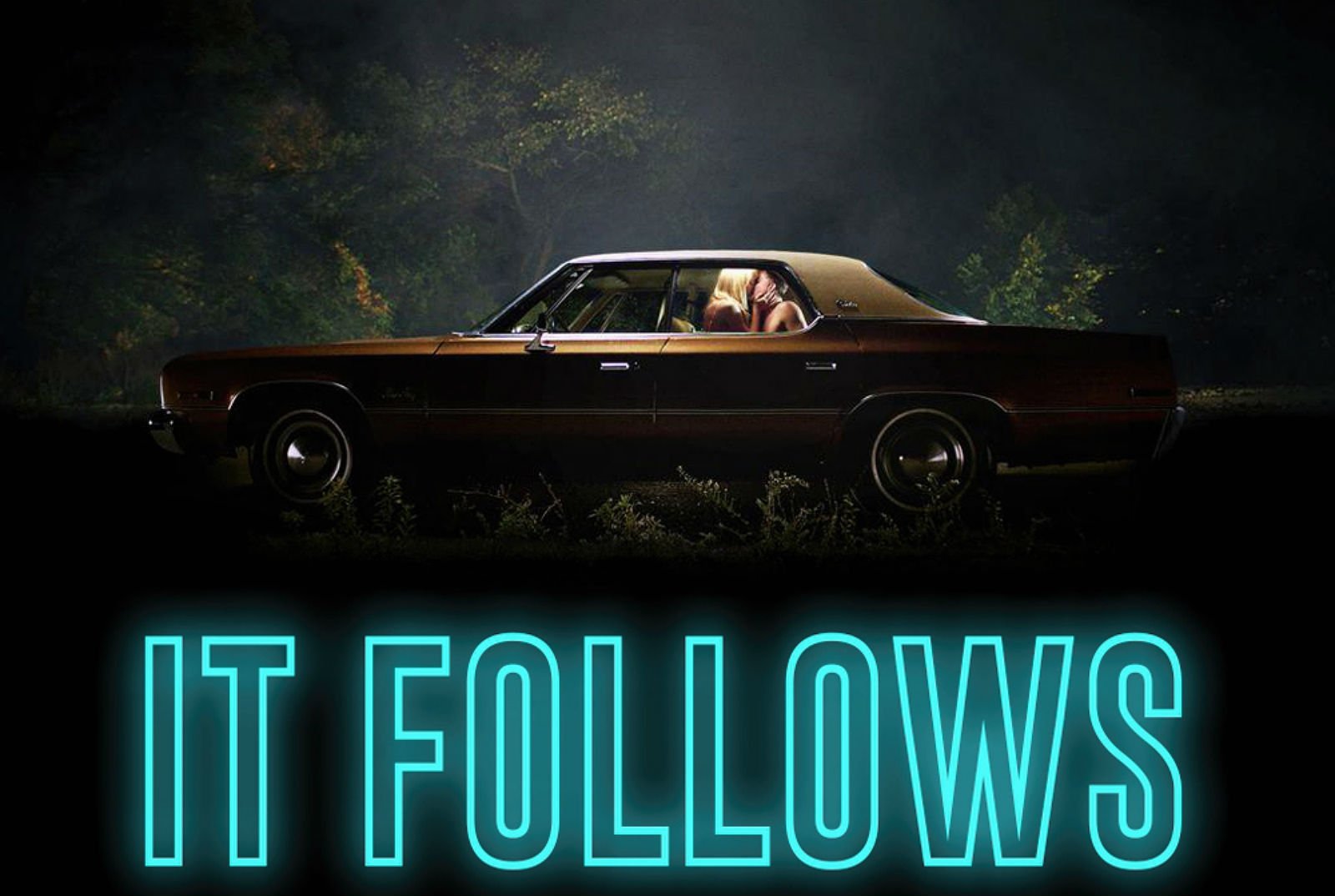Think of this piece as part review, part feminist thought piece. “It Follows” is the second film from director David Robert Mitchell and was released in 2014. Arguably, it has everything that a horror film should have, it’s scary enough to make you watch it with all the lights on, gorey enough to make you hide your eyes and featuring perhaps the best well-known horror movie trope of all the time- the damsel in distress. However, this is film represents a refreshing new take on the genre and has made its way onto many lists which feature the best feminist horror movies of all time.
The Plot
Without wanting to give too much away, as the movie’s twists are one of its best parts, the film follows the main character, Jay, played by Maika Monroe, as she is chased by an inner demon (or is it something else?) which can take any form. While it may move slowly, it never stops inching closer and closer to her. After a series of escapes, the demon is like an STD from hell, passed on from one partner to another and you can only get rid of it by sleeping with another person. Once the demon sets its sights on you, it will endlessly haunt you until it gets you, and then it will work backwards through its list of victims. The best part? Nobody can see the demon but you, and the demon cannot be injured or killed.
The movie can be read as a meditation on many things including a contemporary fear of intimacy. We are now widely perceived as being locked in our own already established world, anchored in place by technology that makes us scared of interacting with new people in meaningful ways. On the other hand, it could also be read as a manifestation of the fear of picking up STDS in a world where sex is becoming as quick and easy as a swipe right or left.
Why This Movie Gets A Big Feminist Thumbs Up
Despite the fact that the demon is passed on to Jay because she has sex, she isn’t vilified for having sex or made to feel like it was her fault. When she explains the root cause of her demon problem, her friends and family are not horrified at the fact she had sex nor do they blame her. In my opinion, this is an important reflection on the ways in which society views women’s bodies and the discourse around female sexuality. Yes, Jay gave consent to have sex with her boyfriend, but she did not agree to inherit his demon, this was forced upon her. Albeit in an exaggerated fashion, the film is making a comment on how yes, women may agree to one activity but this does not mean they give their consent for everything. For example, if a woman wears a revealing top and then is cat called, this is not her fault, if a woman goes on a date it is not an automatic acceptance to sleep with her date. Following this interpretation, the demon can be seen to represent society’s failure to accept these facts yet women are still not to blame.
“It Follows” also seeks to highlight that sex is a valid choice for any woman and, like Jay’s demon, sometimes this choice can carry a stigma that stalks a woman throughout her life.
Related article: “The Politics of Looking: A Critical Exploration of Hooligan Sparrow“
Damsel in Distress 2.0
Jay is in big trouble and Jay needs help. This is not a secret. Instead, we see our protagonist speak frankly with her friends and family, both men and women, and ask them for help. While she accepts help, rather than portraying Jay as helpless, we see her instead as a character who has agency but also lives a life that is part of an interconnected web of other people’s lives who all care about each other and want to protect each other. In this way, the film avoids the trap of portraying Jay as a helpless woman who must be saved by a man. It also does not attempt to say that the only solution to this is to cut yourself off from others and do everything completely alone.
The invisibility of the demon to everyone but the person who is stalked is also important as the demon can also be symbolic of hidden illnesses that we cannot see, such as mental health problems. “It Follows” wants to tell us that we should be able to rely on those around us and we do not have to suffer alone. Furthermore, at the end of the film, we do not know if the demon is gone forever: It could easily kill its way back to Jay. Which fits in well with the film’s other reflections on illness since not every illness is resolved. Instead it may be a chronic condition of life.
This being said, I do worry that “It Follows” appears to center around heterosexuality and does not take into account the other forms of intimacy and sexual encounters. The intimacy we witness in the movie is between a man and a woman, and not enough efforts have been made to consider anything outside of this paradigm.
While I won’t be putting “It Follows” on my own top ten feminist horror movies of all time list, it is still a film that is a powerful reflection of society today.
Recommended reading: “STEVE AHN: A SPOTLIGHT ON ANIMATION“












